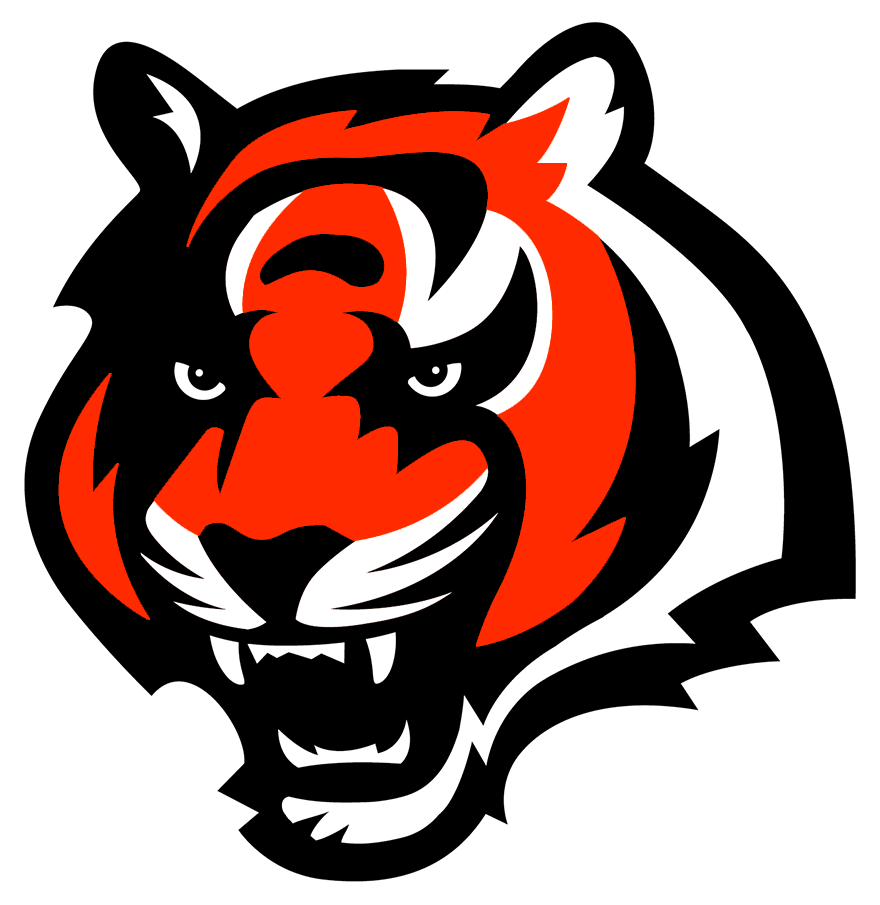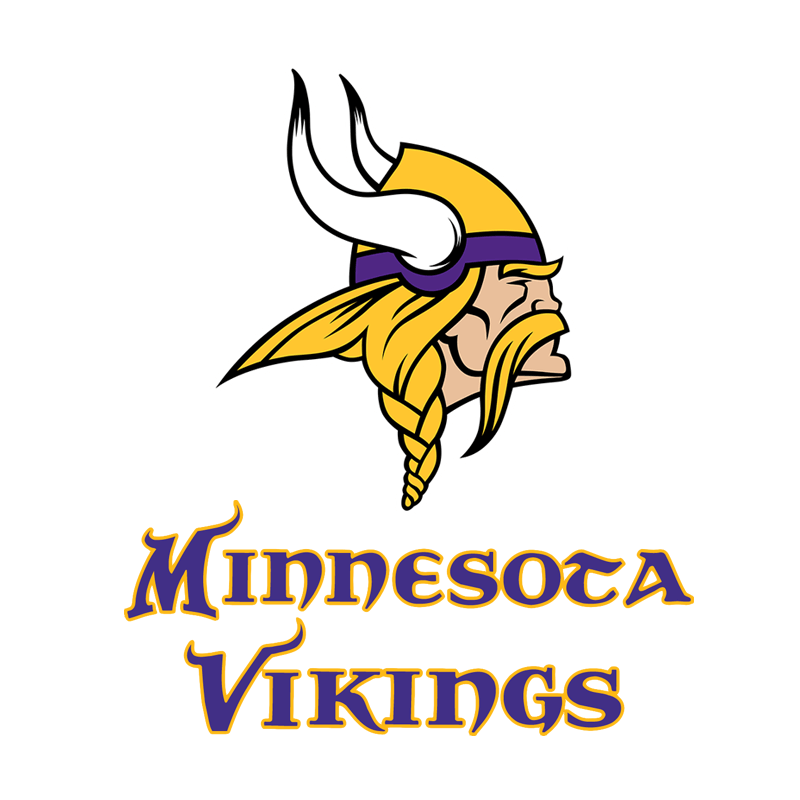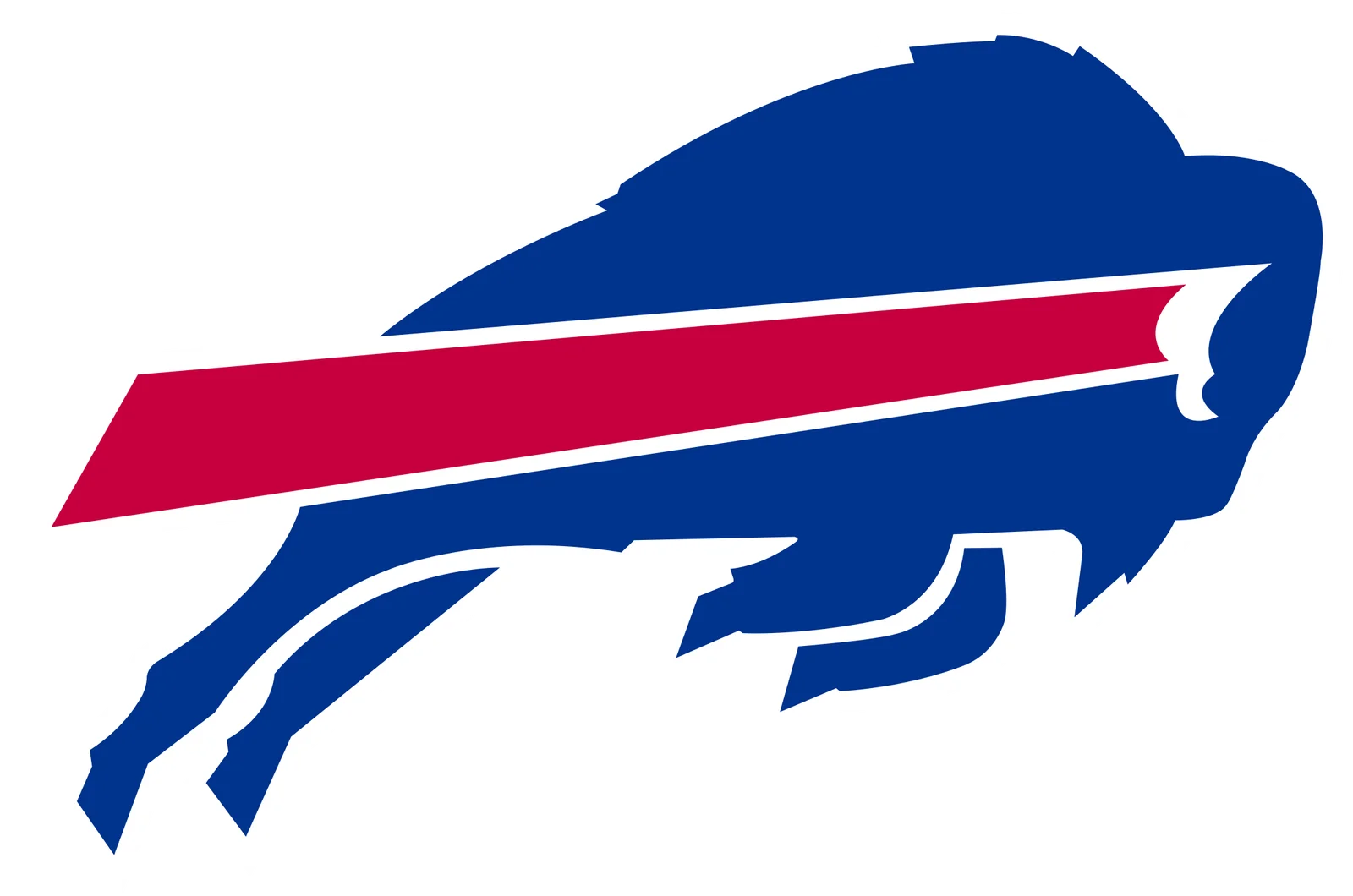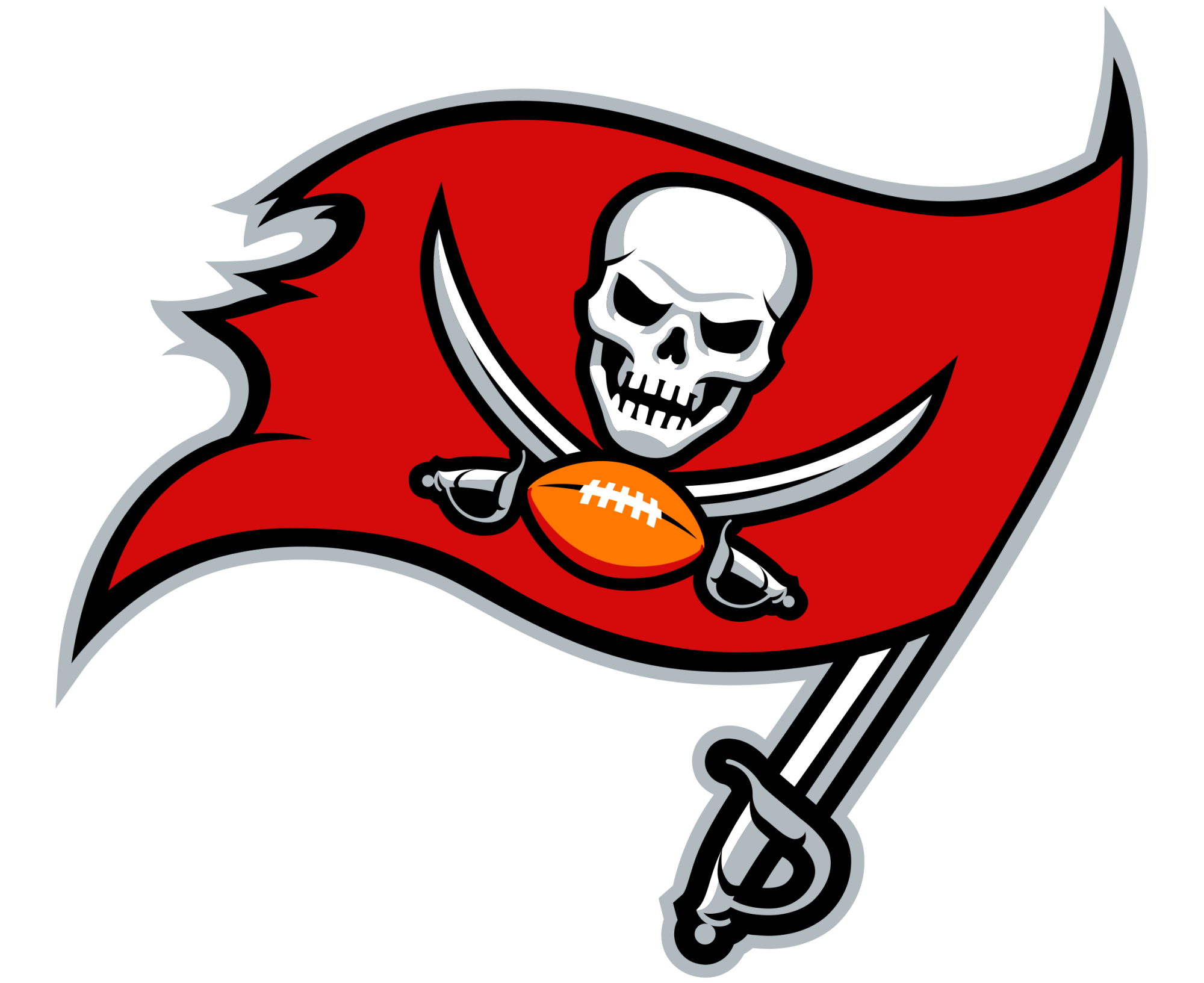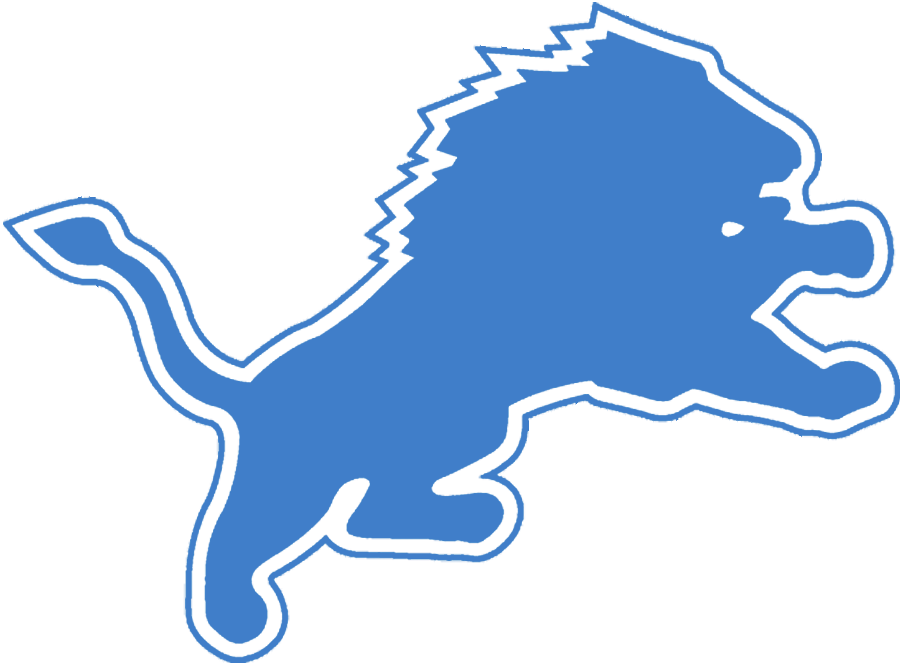How Kwesi Can Ace His Bargain Free Agent Shopping Again
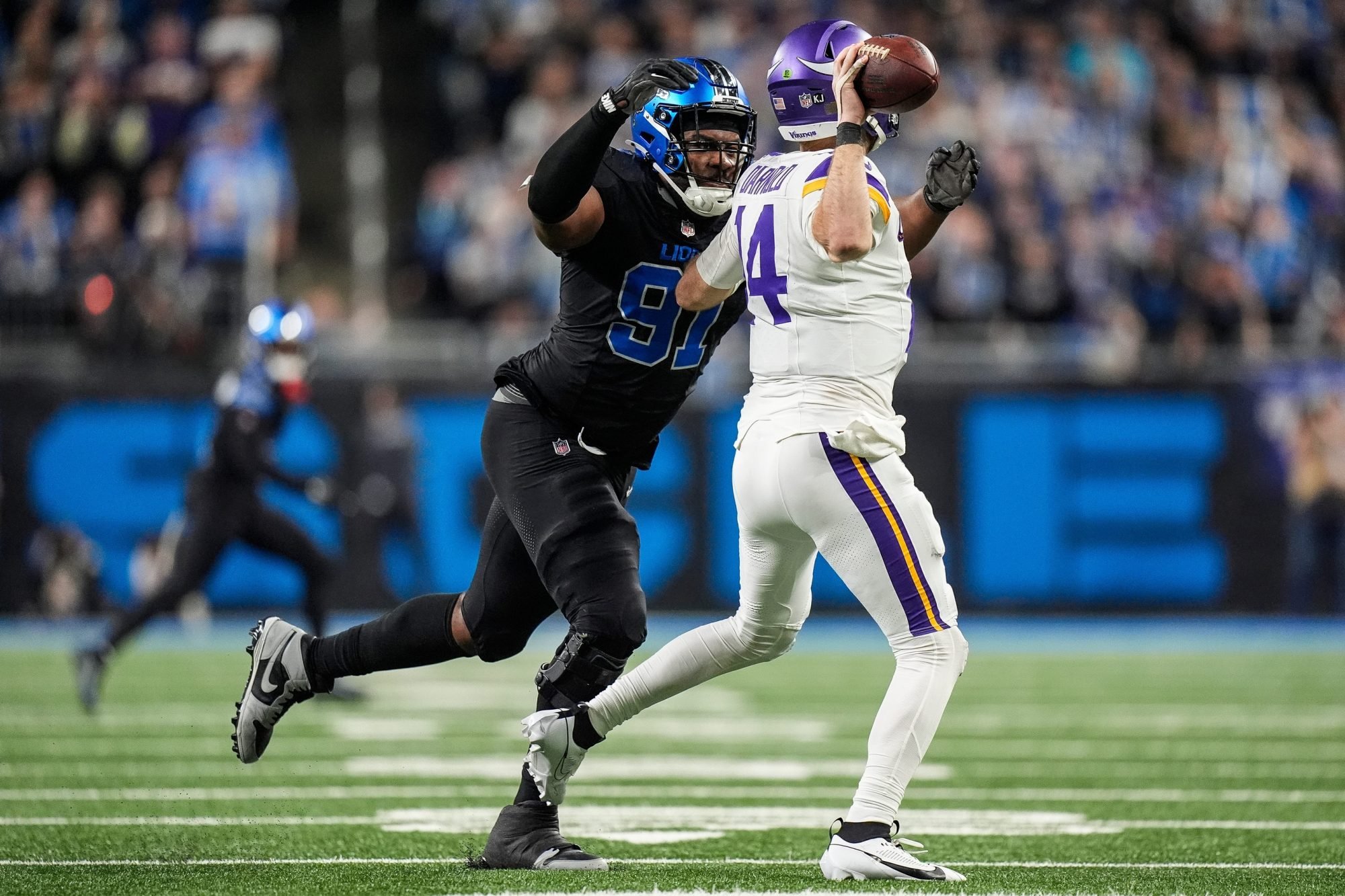
Credit: Junfu Han via Imagn Images
For the first time in forever, the Minnesota Vikings are positioned to be major players in free agency. The Vikings have a long checklist of needs and a ton of cap space as they look to solve several roster spots. Last offseason, Kwesi Adofo-Mensah aced free agency with bargains and team-friendly deals that produced eight starters and additional rotational players.
Adofo-Mensah has not been shy about using all the assets at his disposal to acquire players through trades and offseason signings. It’s a big change from his first three seasons navigating the salary cap. He’s had to be precise, as the Vikings had just $1.01 million in cap space in 2022 compared to $61.1 million in space this upcoming offseason.
His ability to shed aging players with expensive contracts has been crucial to his proficient salary cap management, but a lack of draft success has steered the team towards being the oldest in the league (28.3 years) for snap-weighted age, according to ESPN Analytics. A big reason for the impending turnover is that Kwesi needed to ink so many one-year contracts with aging players to fill roster spots in the first place.
If last year’s free agency is any indication of his philosophy, Kwesi will look for younger players with potential or not-fully-established NFL careers at bargain salaries, then have Kevin O’Connell and the coaching staff elevate them into prominent players. Sam Darnold, Jonathan Greenard, Andrew Van Ginkel, and Blake Cashman are core examples of this, with each becoming impact players who vastly outplayed their contract value.
With immediate needs on the interior offensive and defensive lines, secondary, and running back, which potential bargain players should Kwesi target this offseason?
Starter Bargains
Levi Onwuzurike, DT, Projected $8.25M/Year
Levi Onwuzurike played for the Detroit Lions last season and will be 27 years old by the time free agency starts. At 290 pounds, he is undersized but exceptionally strong as a prototypical three-technique lineman, which the Vikings sorely lacked last season. His 47 pressures ranked 16th amongst interior linemen and his 12.5% Pass-Rush Win Rate ranked in the top 15. He possesses an explosive first step with heavy hands to gain leverage and is unusually fast in open-field pursuit. The draft might loaded with interior defensive linemen, but Onwuzurike would offer an effective veteran pass-rushing presence.
Mekhi Becton, RG, Projected $9M/Year
A 2020 first-round pick by the New York Jets, Mekhi Becton is a converted left tackle who offers significant mass as a guard, standing 6-foot-7, 363 pounds. He pairs size with production, ranking 18th amongst guards with a 72.5 PFF Offensive grade. He is a better run-blocker (71.9 Grade) than pass-blocker (61.9 Grade), given his large frame leads to inconsistencies with technique in pass protection. The soon-to-be 26-year-old may test the market as a tackle, but he lacks the ideal lateral movement and balance playing the position. The smart play would be to stick to guard, as sticking to the inside doesn’t underline his deficiencies so much. His long arms and mass allow for emergency recovery and suggest that he can improve as a pass-protection guard with more exposure and coaching.
Elijah Molden, Safety, Projected $4.5M/Year
Elijah Molden will be 26 at the start of the 2025 season and is coming off a year where he made an impact for a Los Angeles Chargers defense that was first in points allowed per game (17.7) and 11th in yards allowed per game (324.4). He was deployed in three-safety sets regularly and has a cornerback background with coverage skills, boasting a pedigree and versatile skill set that Brian Flores seeks. His 75.6 PFF Defensive Grade ranked 15th out of 98 qualifying safeties with a 75.4 coverage grade that ranked 12th. He is agile, with fast feet in his transition breaks and excellent anticipation, making him a reliable and strong open-field tackler. An adaptable defensive back with exceptional instincts in man or zone coverage and a natural leader, Molden is a sneaky-excellent fit for Minnesota.
Rotational/Depth Bargains
Poona Ford, DT, Projected $3.5M/Year
The 29-year-old veteran had his best season last year for the Chargers, posting an 85.3 PFF Defensive Grade that ranked fifth amongst interior linemen. Despite having a squatter frame than teams prefer, he is effective both as a push rusher (71.1 Pass Rush Grade) and Run Defender (78.8 Run Defense Grade). Given his lack of size, he is more of a 4-3 lineman, but Poona Ford simply makes plays whenever he is on the field with his solid lateral quickness and high motor. In Flores’ scheme, Ford would be a great rotational piece and an upgrade over Jonathan Bullard or Jerry Tillery, who are both getting longer in the tooth.
Nate Hobbs, CB, Projected $4M/Year
A one-trick pony so far as a slot corner, Nate Hobbs has the size (6-foot-1, 195 pounds) to play on the outside, but the Las Vegas Raiders strictly used him on nickel packages, which speaks to some of the ineptitude of the Raiders as a whole. Hobbs is very athletic, with a 40.5-inch vertical and the strength to disrupt passes at the catch point, which led to him allowing 9.0 yards per reception, which was tied for seventh best amongst cornerbacks with at least 400 snaps. Despite playing mostly in the slot during his NFL career, the soon-to-be 26-year-old profiles as having the skill set to play in both the nickel and outside base coverage. He just needs the right coaching and opportunity to challenge for a more prominent role.
Coleman Shelton, C/G, Projected $5M/Year
A starter at center for the Chicago Bears last season, Coleman Shelton can play anywhere between the tackles, which are admirable traits for a 29-year-old veteran. He has been durable, but is susceptible to bull rushes, just like current center Garrett Bradbury. Shelton is best used as a swing depth option who could perhaps push for the starter role, depending on what the Vikings decide with Bradbury. For what it’s worth, PFF had Shelton finishing last year as the league’s 13th-best center (66.4 Overall Grade).
J.K. Dobbins, RB, Projected $3.5M/Year
The talent with Dobbins has never been questioned, but several lower-body injuries have dragged him down during his career. When healthy, he has been productive. He’s elusive enough to generate missed tackles regularly while having the strength to gain yards after contact (3.04 per rush last year), and his 27 explosive plays ranked 11th among running backs last season. He’d be a high-risk, high-reward RB1B option, as the Vikings should plan to draft a dynamic player with lead back potential in 2025. Aaron Jones is also a candidate to return, but should also slot more as a secondary option.
During free agency, Kwesi has proven to operate within the margins effectively, resulting in the Vikings finding tremendous value and upside on those bargain investments. He will need to do that again this offseason, seeking to find two interior offensive linemen, a defensive lineman, and at least three defensive backs before the draft rolls around. If Kwesi can ace this offseason, the Vikings will position themselves to be contenders again with an even brighter future ahead of them.
Up Next
